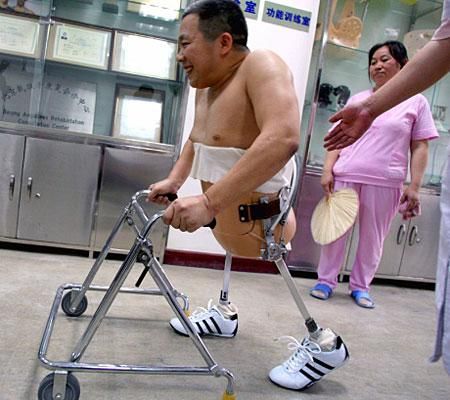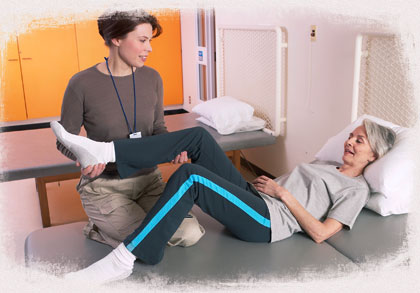The physical therapist job will involve providing care to patients that will help to restore bodily functions, improve mobility, relieve or reduce pain or prevent or limit physical disabilities of patients who are suffering from diseases or injuries. They will maintain, promote and restore health and fitness. They will treat patients who are suffering from injuries, lower back pain, fractures, strokes and cerebral palsy.Job Description and Training Requirements The PT job will include obtaining patient medical histories, taking vital signs and testing and measuring the patient’s range of motion, strength, posture, coordination and balance. Next, the PT will develop a treatment plan and determine specific goals for each patient. The PT job will include obtaining patient medical histories, taking vital signs and testing and measuring the patient’s range of motion, strength, posture, coordination and balance. Next, the PT will develop a treatment plan and determine specific goals for each patient.The treatment provided will usually include exercises, which will focus on improving the patient’s endurance, strength and mobility. A PT will encourage a patient to use their muscles in order to increase their range of motion and flexibility. More intense exercises will focus on improving endurance, coordination and balance. The goal will be to improve how an individual will function at both home and work and on an independent basis. Using electric stimulation will also be part of this job , in addition to teaching patients how to utilize cold compresses and hot packs. PTs can also use deep tissue massage or traction, in order to improve flexibility and circulation. A therapist will teach their patients how to use assistive devices such as wheelchairs, crutches and walkers. They can also show a patient how to perform exercises at home, in order to speed up the patient’s recovery rate. A Day in the Life of a PT As the PT continues to treat a patient they will document on each individual patient’s progress, modify treatments when necessary and perform periodic exams. As the PT continues to treat a patient they will document on each individual patient’s progress, modify treatments when necessary and perform periodic exams.PTs will also often consult with a variety of other healthcare professionals such as physicians, nurses and occupational therapists, in order to coordinate care and medication treatments. Some PTs will treat a large range of ailments and conditions, while others will choose to specialize in such areas as cardiopulmonary physical therapy, neurology, sports medicine, orthopedics, geriatrics or pediatrics. Some states will require the physical therapist to work an extensive internship in the specialty area of their choice, in order to qualify for certification in that area. PTs will work in private practices, clinics or hospitals. They will also treat patients in schools, at home or at nursing homes and assisted living facilities. These positions can be physically demanding because the PT will usually need to lift, stoop, crouch and kneels or stand for long periods of time. In addition, a PT will move heavy medical equipment and assist with transferring patients. A physical therapist is required to have a master’s degree in this field, in addition to state licensing, in order to legally practice. Every state will regulate the licensure of PTs. While the majority of physical therapists are employed at hospitals, many PTs will start private practices in order to experience the higher salary for this field. A PT is expected to continue with their professional development throughout the duration of their career. This is done by participating in continuing education classes and attending seminars and workshops. Most states will require the PT to complete a certain amount of continuing education hours every year, in order to be eligible for licensure renewal. |